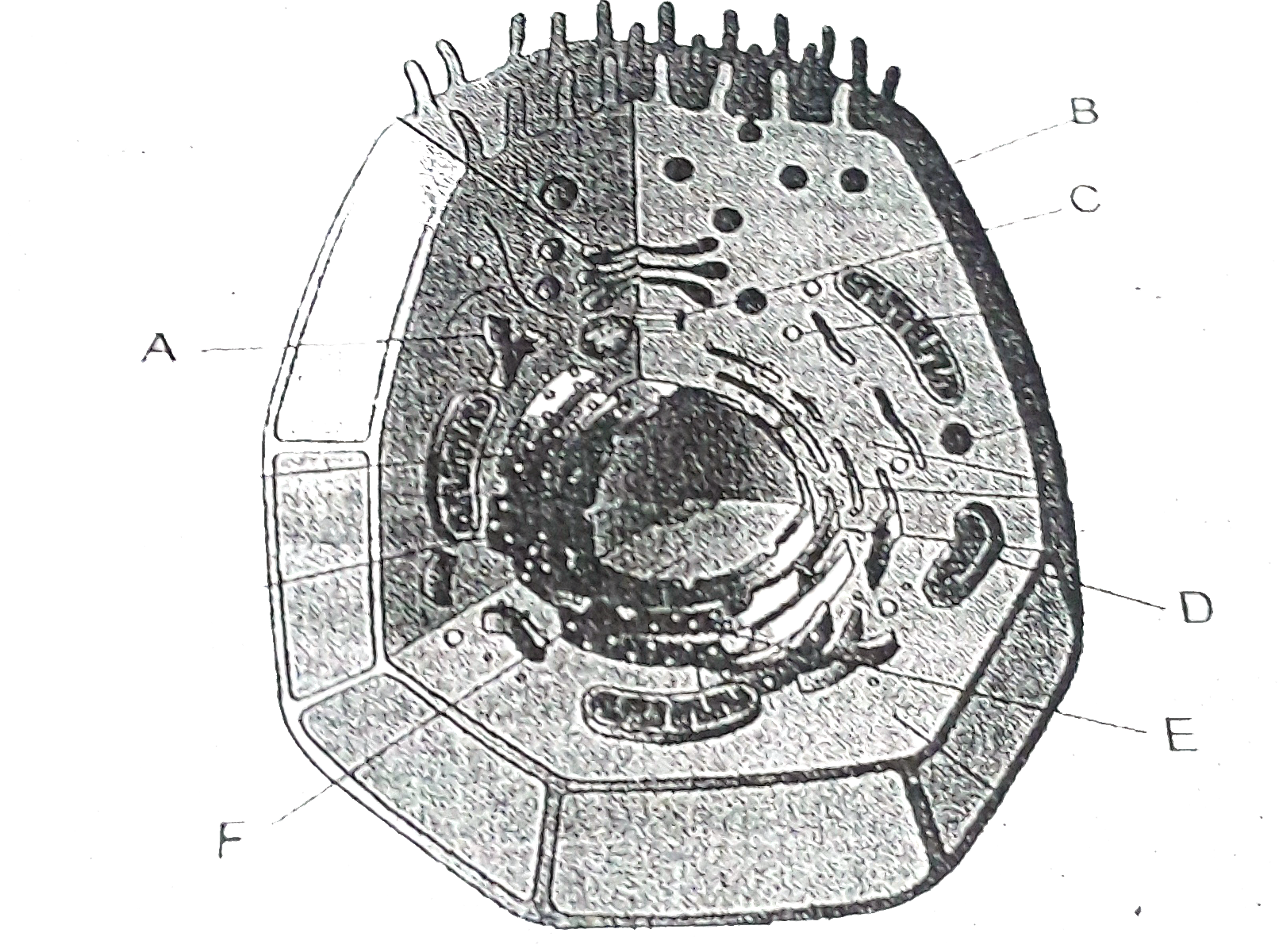[A]: Elongation and division of cells are pro- moted by gibberellins.
[R]: Gibberellins increase the formation of hydrolytic enzymes that release energy nec- essary for growth
If both A and R are true and R is the correct explanation of A
If both A and R are true but R is not the correct explanation of A
If A is true and R is false
If both A and R are false
The correct Answer is:A
Step-by-Step Solution:
1. Understanding Gibberellins:
- Gibberellins are a class of plant hormones that play a crucial role in promoting growth. They are known to facilitate both cell elongation and division, which are essential processes for plant development.
2. Role of Gibberellins in Cell Growth:
- Gibberellins promote the elongation of cells, which leads to an increase in the length of plant structures such as stems and leaves. They also stimulate cell division, contributing to overall plant growth.
3. Formation of Hydrolytic Enzymes:
- Gibberellins increase the production of hydrolytic enzymes. These enzymes are vital for breaking down complex carbohydrates into simpler sugars, which are then used as energy sources for growth.
4. Energy Release for Growth:
- The hydrolytic enzymes released due to gibberellins facilitate the hydrolysis of stored carbohydrates in seeds, particularly in cereal grains. This process releases energy that is necessary for the growth and development of the plant.
5. Connection Between Assertion and Reason:
- The assertion states that gibberellins promote cell elongation and division, while the reason explains that they increase the formation of hydrolytic enzymes that release energy for growth. Both statements are true and are directly related; the action of gibberellins in promoting growth is linked to their role in enhancing the activity of hydrolytic enzymes.
6. Conclusion:
- Therefore, both the assertion and the reason are correct, and the reason provided is a valid explanation for the assertion. Gibberellins are essential for plant growth due to their roles in cell elongation, division, and energy release through hydrolytic enzymes.
---
- Gibberellins are a class of plant hormones that play a crucial role in promoting growth. They are known to facilitate both cell elongation and division, which are essential processes for plant development.
- Gibberellins promote the elongation of cells, which leads to an increase in the length of plant structures such as stems and leaves. They also stimulate cell division, contributing to overall plant growth.
- Gibberellins increase the production of hydrolytic enzymes. These enzymes are vital for breaking down complex carbohydrates into simpler sugars, which are then used as energy sources for growth.
- The hydrolytic enzymes released due to gibberellins facilitate the hydrolysis of stored carbohydrates in seeds, particularly in cereal grains. This process releases energy that is necessary for the growth and development of the plant.
- The assertion states that gibberellins promote cell elongation and division, while the reason explains that they increase the formation of hydrolytic enzymes that release energy for growth. Both statements are true and are directly related; the action of gibberellins in promoting growth is linked to their role in enhancing the activity of hydrolytic enzymes.
- Therefore, both the assertion and the reason are correct, and the reason provided is a valid explanation for the assertion. Gibberellins are essential for plant growth due to their roles in cell elongation, division, and energy release through hydrolytic enzymes.
Topper's Solved these Questions
Similar Questions
Assertion : Gibberellic acid increases the yield of malt from barley grain.
Reason :Gibberellins stimulate the synthesis of amylase, protease and other hydrolytic enzyme for mobilisation of reserve food.View SolutionChoose the correct alternative :
Gibberellin promotes cell division and elongation in:View Solution
Knowledge Check
- Question 1 - Select One
Consider the following steps involved in nodule formation in the root of a legume.
(i). Bacteria release chemicals and enzymes.
(ii). Bacteria stop dividing and form bacteroides.
(iii). Roots secrete chemical atractants.
(iv). Formation of infection thread.
(v). Formation of nodules.
(v). Formation of nodulues.
(vi). Division of infected cortical cells.
(vii) Curlinig of root hair and degradation of their cell wall.
(viii). Infection thread grows along with multiplication of bacteria.
Arrange the steps in the right sequence and mark the correct optionA(iii).(i),(vii),(iv),(viii),(vi),(v),(ii)B(iii),(iv),(viii),(i),(vi),(vii),(ii),(v)C(i),(iv),(iii),(vi),(v),(vii),(viii),(ii)D(i),(iii),(vi),(iv),(viii),(ii),(v),(vii)
[A] : No energy can be released in the cell in the absence of mitochondria.
[R] : Because all the enzymes of the cell respiration are present in it.View Solutionread the following statements w.r.t. growth in living organisms. (a).In plants growth by cell division occurs continuously throughout their lifespan. (b) growth is a defining property of living organism. (c) cell division occurs in certain tissues to replace lost cells. (d) increase in body mass is considered as growth. (e) in majority of higher animals and plants and in unicellular organisms, growth and reproduction are mutually exclusive events. select the correct option.
View SolutionWhich of the following statements regarding fertilization is/are correct ?
(i) The acrosome is filled with hydrolytic enzymes which help in dissolving the membrane of the ovum at the time of fertilization.
(ii) Vitelline membrane is the first membrane to be faced by sperms while trying to fuse with the ovum .
(iii) There must be synchronicity in the release of ovum and entry of sperm for the formation of zygote .
(iv) The meiotic division of the secondary oocyte is concluded with the entry of male gamete.View SolutionChoose the correct alternative :
Gibberellin promotes cell division and elongation in:
1. Leaves
2. Roots
3. Shoots
4. All of theseView SolutionIdentify the correct statement w.r.t. the given cell

A. Concerned with lipid and steroidal hormone synthesis
B. Outer non- living rigid structure which gives shape to the cell and protects from mechanical damage and infaction .
C. Both lie perpendicular to each other and each has an organisation like the cart wheel .
D. Responsible for trapping light energy for the synthesis of sugar.
E. Present in cells actively involved in protein synthesis and secretion.
F. Spherical structures rich in hydrolytic enzymes.View Solution

